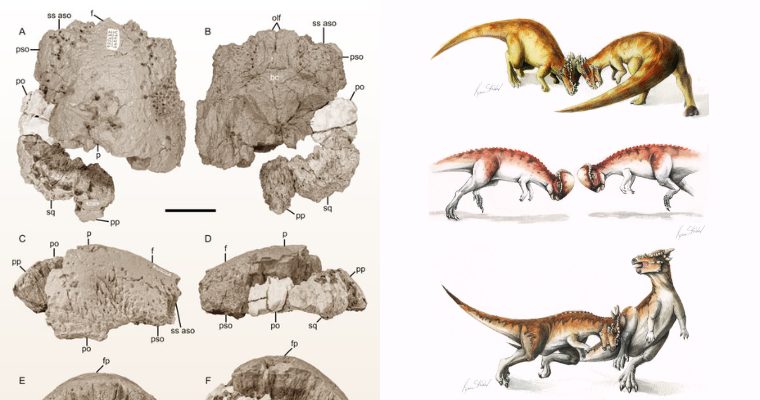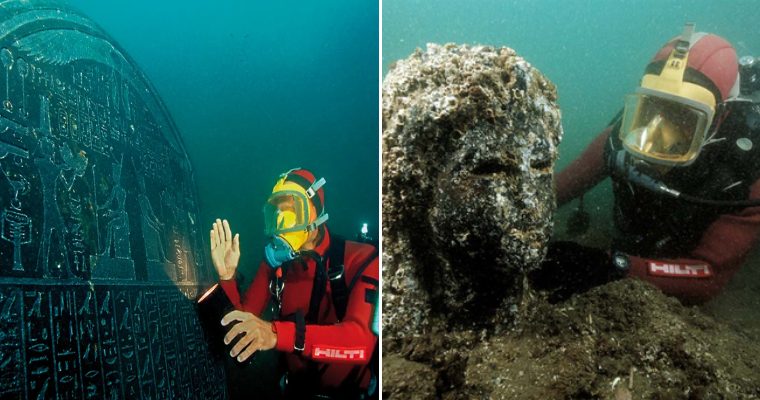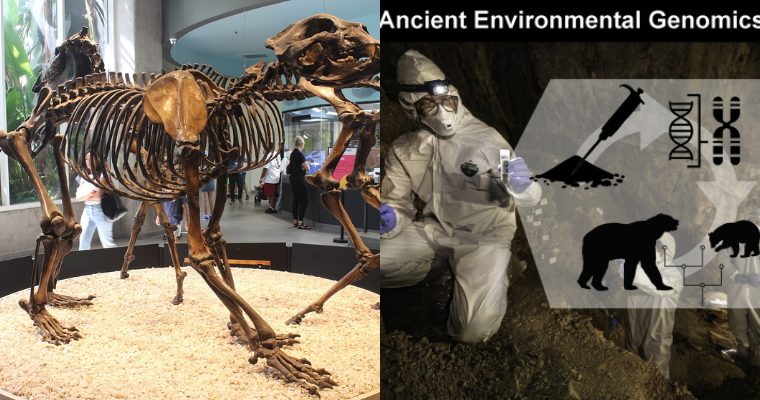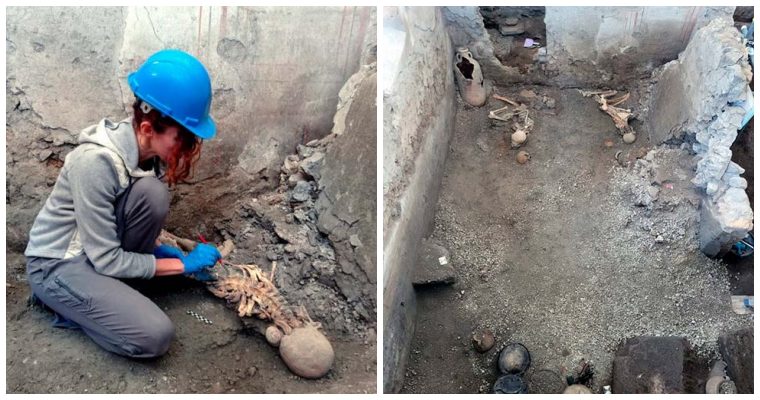A TEAM OF ARCHAEOLOGISTS FROM THE UNIVERSITY OF PENNSYLVANIA HAVE UNCOVERED INTRICATE ROCK CARVINGS IN THE ANCIENT CITY OF NINEVEH.
Nineveh was an ancient Assyrian city of Upper Mesopotamia, located on the outskirts of Mosul in modern-day northern Iraq. It was constructed on the eastern bank of the Tigris River and was the capital and largest city of the Neo-Assyrian Empire, as well as the largest city in the world for several decades.
Today, Nineveh’s location is marked by two large mounds, Tell Kuyunjiq and Tell Nabī Yūnus “Prophet Jonah”, which are surrounded by a massive stone and mudbrick wall dating from about 700 BC.
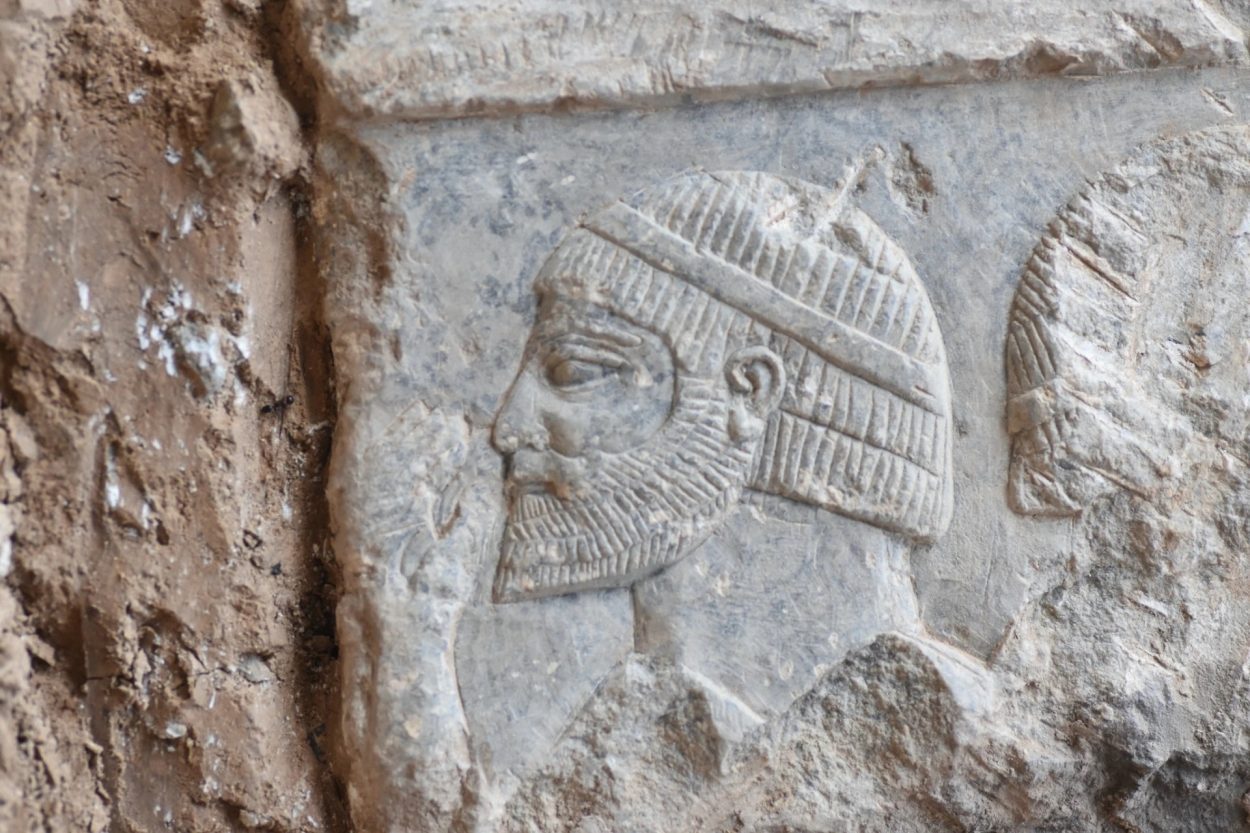
In 2010, a report titled Saving Our Vanishing Heritage, Global Heritage Fund named Nineveh as being “on the verge” of irreparable destruction and loss, citing insufficient management by the authorities, development pressures and looting as primary causes.
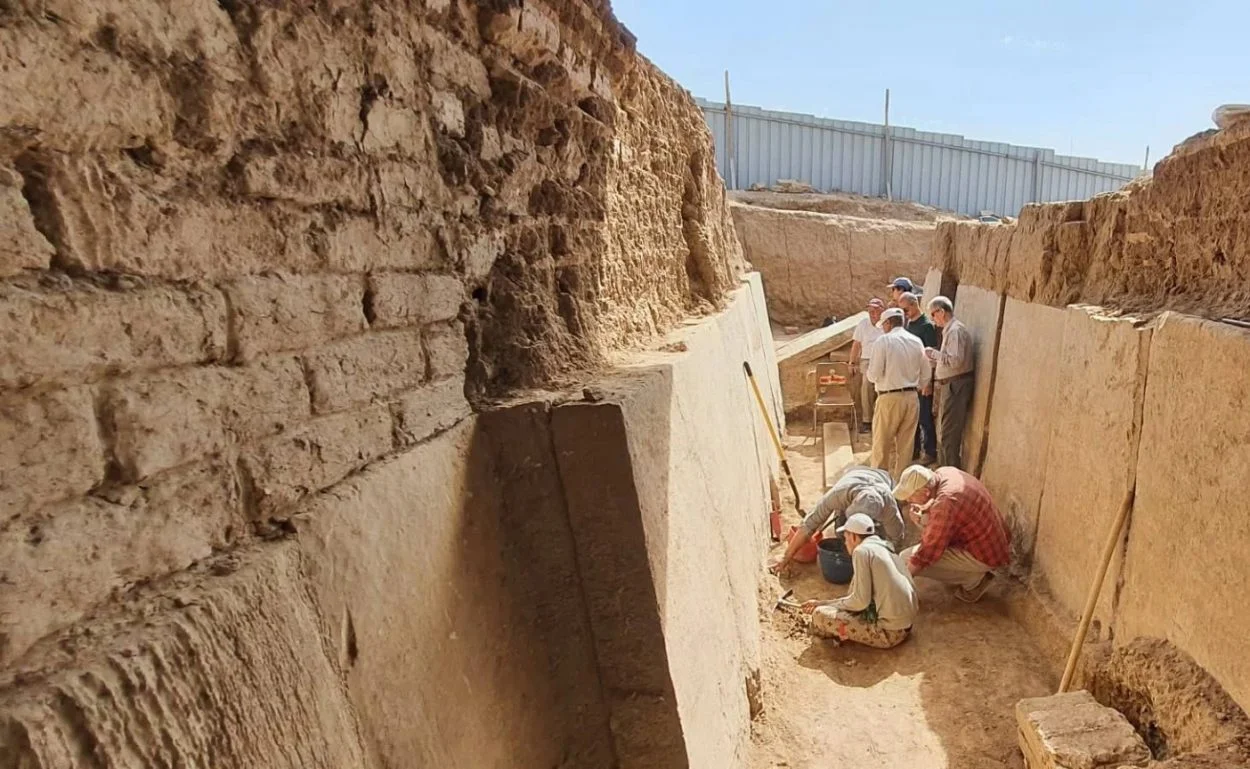
Image Credit : Penn Museum
The city suffered further damage due to militants from the so-called Islamic State of Iraq and Syria (ISIS), who destroyed the ancient city’s Mashki Gate which was reconstructed in the 1970s by the Nineveh Inspectorate of Iraq’s State Board of Antiquities and Heritage, in addition to destroying several items and statues in the Mosul Museum.
In partnership with an Iraqi excavation team, researchers from the University of Pennsylvania Museum of Archaeology and Anthropology have been working to reconstruct the Mashki Gate.
During the restoration project, the researchers found seven marble reliefs depicting finely chiseled war scenes, mountains, grape vines, and palm trees, dating from the reign of King Sennacherib, an Assyrian king who ruled Nineveh from 705 to 681 BC.

Known for his military campaigns, including one referenced in the Bible, King Sennacherib constructed 18 similar gates surrounding the city, but the Mashki Gate, the “Gate of the Watering Places,” was important for its direct access to the Tigris.
Christopher Woods, Williams Director at the Penn Museum and the Avalon Professor of the Humanities at Penn’s School of Arts and Science said: “This discovery adds new data and ultimately advances the understanding of Neo-Assyrian history in ancient Mesopotamia. We are thrilled by the ongoing conservation of this incredibly rare and historic find.”
Src: heritagedaily.com



